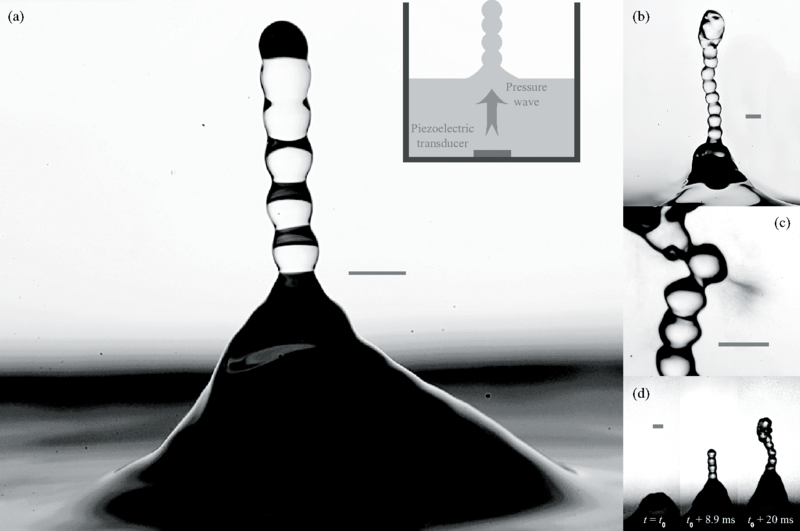One of the most striking things about snorkeling in the Galapagos was how loud it was underwater. There were hardly any boats nearby, but every time my ears dipped below the surface, I could hear a constant cacophony of sound. Some it came from waves against the sand, some of it was the sound of parrotfish nibbling on coral, but a lot of it was likely the work of a culprit I couldn’t see hidden in the sand: the pistol shrimp.
These small crustaceans hunt with an oversized claw capable of snapping shut at around 100 kph. When the two halves of the claw come together, they push out a high-speed jet of water. High velocity means low pressure – a low enough pressure, in fact, to drop nearby water below its vapor pressure, causing bubbles to form and expand. These cavitation bubbles collapse quickly under the hydrostatic pressure of the surrounding water, creating a distinctive pop that makes the pistol shrimp one of the loudest sea creatures around. (Image credit: BBC Earth Unplugged, source; research credit: M. Versluis et al.)
All week we’re celebrating the Galapagos Islands here on FYFD. Check out previous posts in the series here.



















